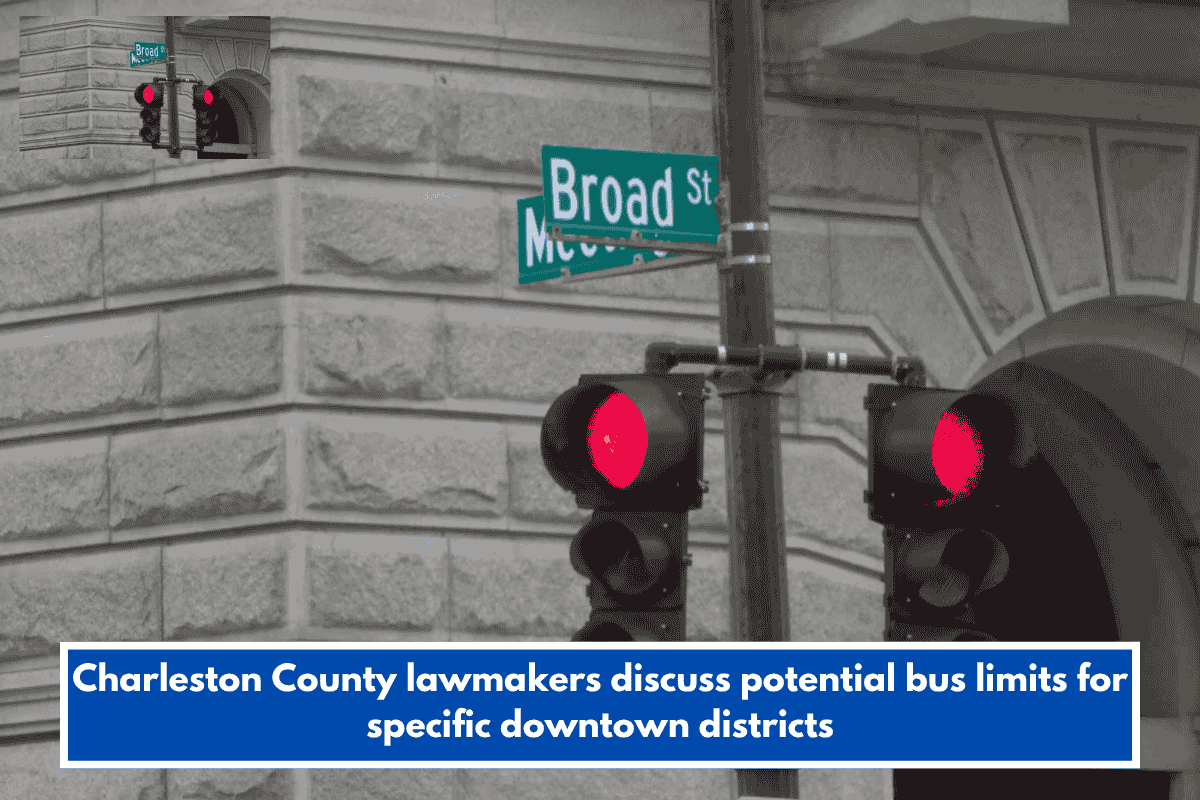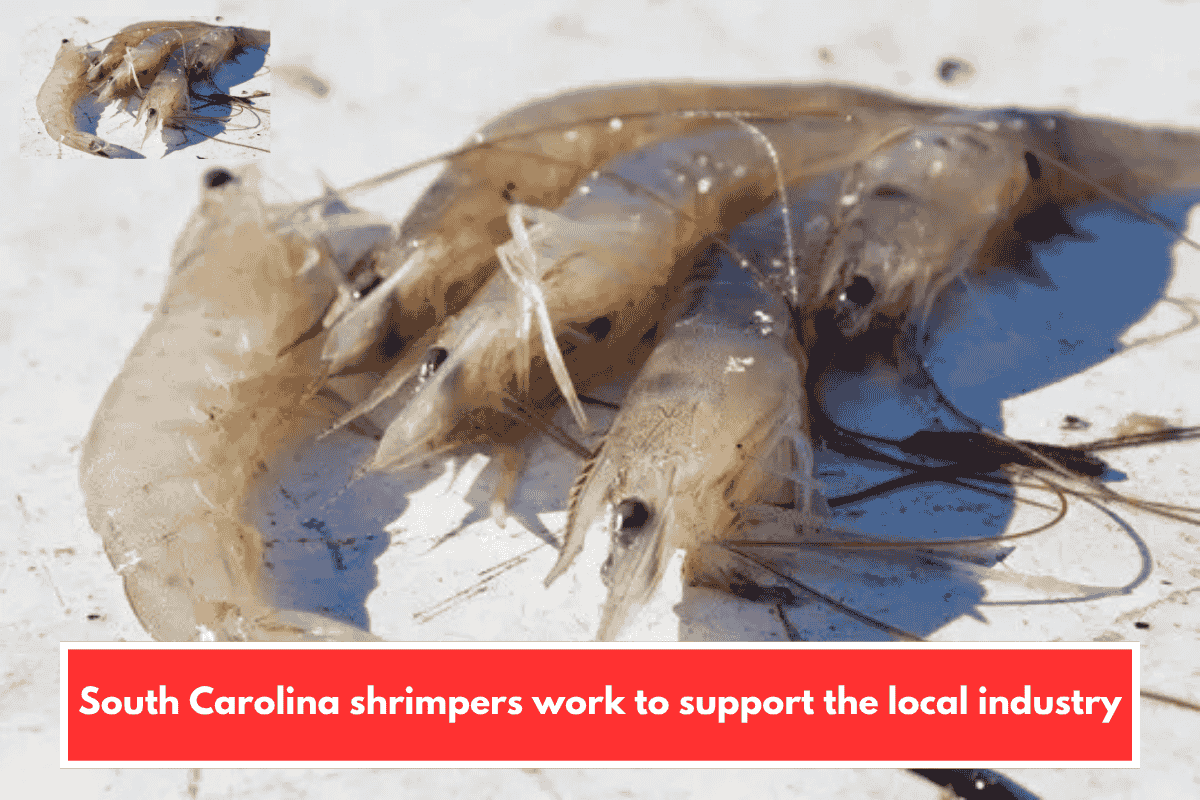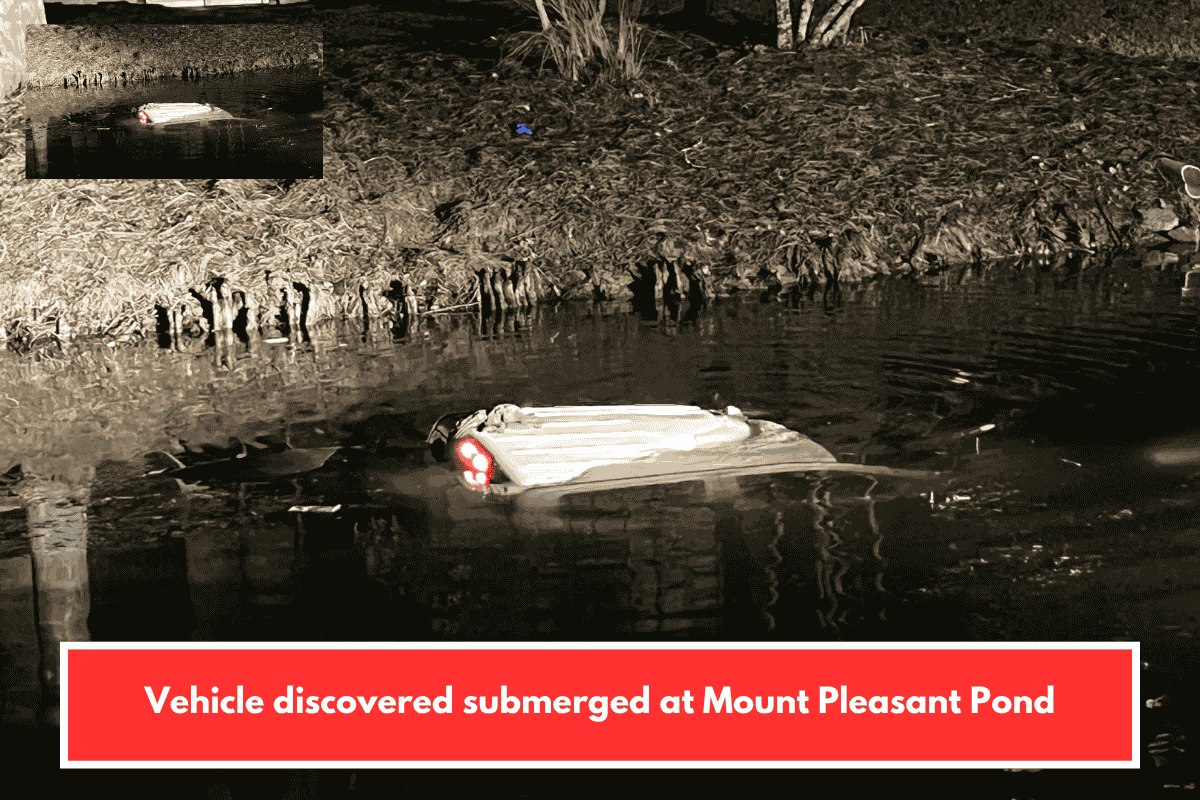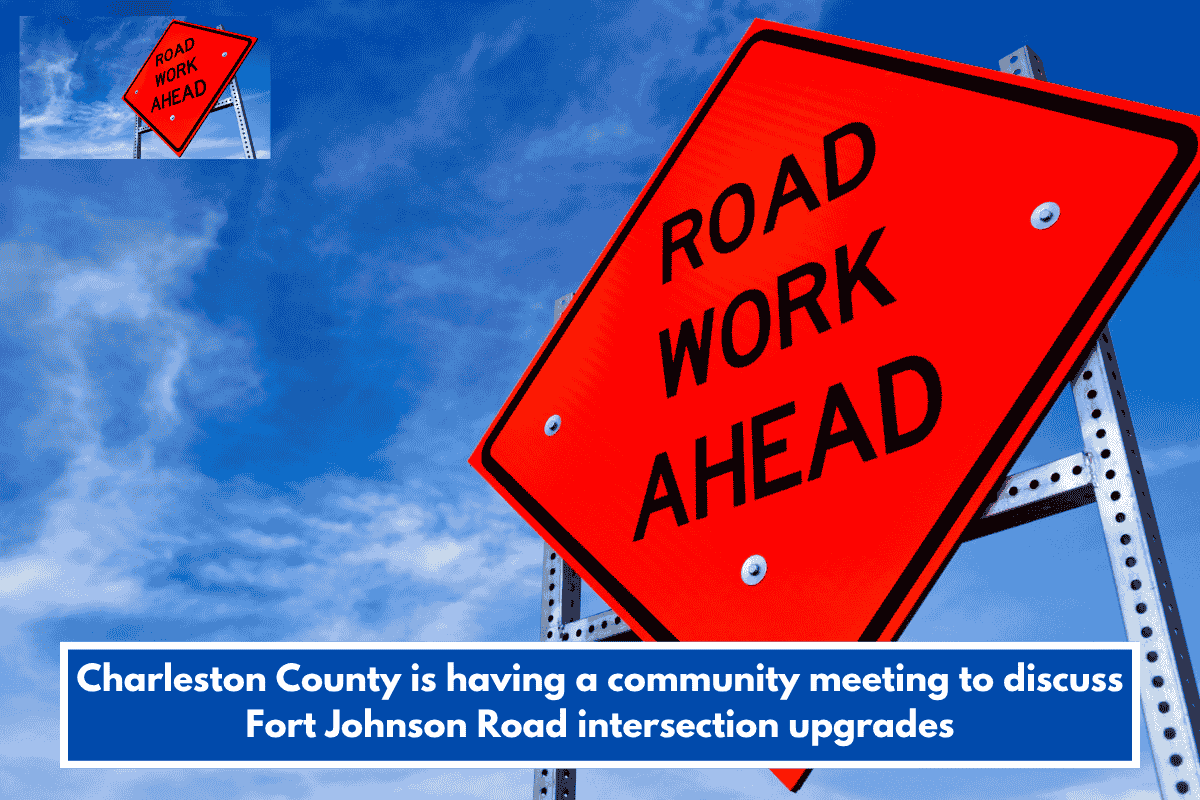The Port of Charleston completed its 2025 fiscal year, which ended June 30, with slightly more over 1.4 million cargo containers of various sizes passing through its terminals. That is a 2.3% year-over-year gain. The Wando Welch Terminal in Mount Pleasant, shown above, handled more than 1.1 million of those containers. (Photo by Walter Lagarenne/Courtesy of the South Carolina State Ports Authority)
Micah Mallace, who took over the South Carolina State Ports Authority less than two weeks ago, is scrutinizing the state agency’s expansion plans only days before delivering a big speech to marine industry leaders.
This involves more than $1 billion in expansions, terminal enhancements, and other initiatives to increase cargo volumes at the Port of Charleston.
As the authority seeks to balance demands, needs, and costs, some projects may be placed on hold, and agreements may be revised.
“What we’re doing right now is an assessment of all of our capital projects,” explained Mallace, who took over as president and CEO of the authority on October 13.
Prior to a three-year spell in the private sector, Mallace worked for the authority for more than a decade, including as its top sales manager.
On October 28, he will give his first State of the Port speech, which will provide an annual update on port activity.
This body “wants to make sure we’re delivering those projects in the best possible way so they are competitive and useful to our customer base, our constituencies and our stakeholders,” according to the South Carolina Daily Gazette.
A $690 million rail-served cargo transfer yard adjacent to the authority’s Leatherman Terminal in North Charleston is being closely watched, as it is both behind time and significantly over budget.
Three years ago, state lawmakers put aside $550 million in taxpayer cash for the 118-acre rail yard, known as the Navy Base Intermodal Facility, but they haven’t always been kept up to date on its development.
For example, earlier this year, members of an oversight committee expressed concern at the rail project’s growing expenses and delayed pace.
A reappraisal is long needed, according to Sen. Larry Grooms, a Republican from Berkeley County and chairman of the Senate Transportation Committee, which supervises the authority.
“I think that’s the only option the port has right now,” Grooms said, adding that for far too long, the authority has pursued large-scale construction projects without consideration for financial viability.
“They have to look at their entire capital outlays, not just the cost of capital but also the cost of labor,” Grooms explained. “The other option would be to continue building it and open it at a price where no one would use it.”
The International Longshoremen’s Association won a court case, forcing the authority to hire unionized crane operators at both the train yard and the Leatherman Terminal. Grooms stated that the higher labor expenses have already put Leatherman at a competitive disadvantage against the port’s other terminals due to the higher costs borne by the authority.
He thinks the same thing will happen at the rail yard.
“There has to be a lot of pencil sharpening and other agreements reached in order for the Leatherman Terminal enterprise to make financial sense,” Grooms said, adding that the railroads have yet to finalize arrangements to utilize the rail yard.
“While they’re moving forward, these basic questions should have been vetted and there should have been answers before now,” he told me. The rail yard must be finished, “but you can’t open this thing until they can get a handle on their costs and how they’re going to distribute those costs to their customers.”
After failing to meet a July 1 completion target, the authority’s previous CEO revealed intentions to reopen a portion of the rail yard in January 2026. The remaining portion of the project, known as the southern access, would not be completed for several months.
Mallace believes it makes more sense to launch the entire project at once, though he does not have a set date in mind.
A partially opened rail yard would have offered CSX Corp. a competitive advantage over Norfolk Southern, the other railroad that planned to use the facility, because it could access the site via an existing line. Norfolk Southern requires the southern access, which has not yet begun construction.
“The intent is to open it so it is accessible to both railroads,” Mallace informed us.
The railroads also do not want to give up their own cargo transfer terminals in North Charleston, which are major revenue streams for both carriers.
Mallace stated that the authority will collaborate with CSX and Norfolk Southern to discover new applications for their respective infrastructures, while continuing to focus on growth at the intermodal site, which provides the port with the near-dock rail it claims it requires to remain competitive.
“This affords the railroads, and us, an opportunity to generate other volume at their current facilities,” according to him. “We’re fortunate that there’s still a runway for a lot of growth in some commodity sectors,” he said, adding that once the rail yard is operational, the railroads will have “more revenue-generating capacity” at their existing hubs.
A proposed extension of Leatherman Terminal, which includes a second quay for large container ships carrying up to 16,000 cargo boxes at once, may also be delayed.
“I don’t see how you can complete phase two right now,” Grooms remarked. “It’s too expensive to operate right now, let alone double it. Right now, they need to get a handle on the costs and have assurances from the steamship companies that they will pay them and continue to send ships to Charleston. Without that, we can end ourselves in a downward spiral.”
The first phase of Leatherman, which opened in February 2021 at a cost of $1 billion, is the East Coast’s newest and most modern terminal, but its high operating costs have pushed ships to the port’s older terminals. To make it feasible, Grooms stated that the ILA must make sacrifices “with how labor is applied and the cost of that labor.”
Ken Riley, president of the ILA’s local office, was not available for comment. Historically, the dockworkers’ union has maintained a harsh posture in labor disputes.
Leatherman handled 75,931 cargo containers in 20-foot increments during the fiscal year that ended June 30. That’s roughly one-tenth of the terminal’s capacity. The Wando Welch Terminal in Mount Pleasant, on the other hand, processed almost 1.1 million containers.
Barbara Melvin abruptly resigned as the authority’s president and CEO in August after three years on the job, citing rising costs and an apparent lack of a planned expansion plan.
“That was some criticism I’ve had for a while and now it’s all coming to a head and folks are going ‘You know, there is a problem’,” Grooms told the audience. “It’s going to require a lot of work with a lot of the customers over how costs are going to be allocated.”
It’s a major reason why Mallace is rethinking the authority’s goals, with a focus on not rushing into anything.
“We want to do this right,” he remarked. “We are currently determining which steps should be taken first, second, and third. Let’s create a conservative and realistic timeline. I don’t want to put my name on something that is too positive. We aim to fulfill what we promise.”
The Charleston maritime community may gain additional insight into the port’s future when Mallace makes his State of the Port address. These are difficult times for the sector, with growing prices, reduced cargo, and the potential effects of tariffs.
“We’ve got a few tough months ahead,” Mallace said, noting that the port can have a significant impact on how the local industry performs in the future.
“The maritime community, all of the vendors, the logistics companies, they depend on us to go out and make the market irrespective of what the general trade looks like,” he went on. “So we’ll be discussing that at the State of the Port, since it’s our key focus. “It must be.”










